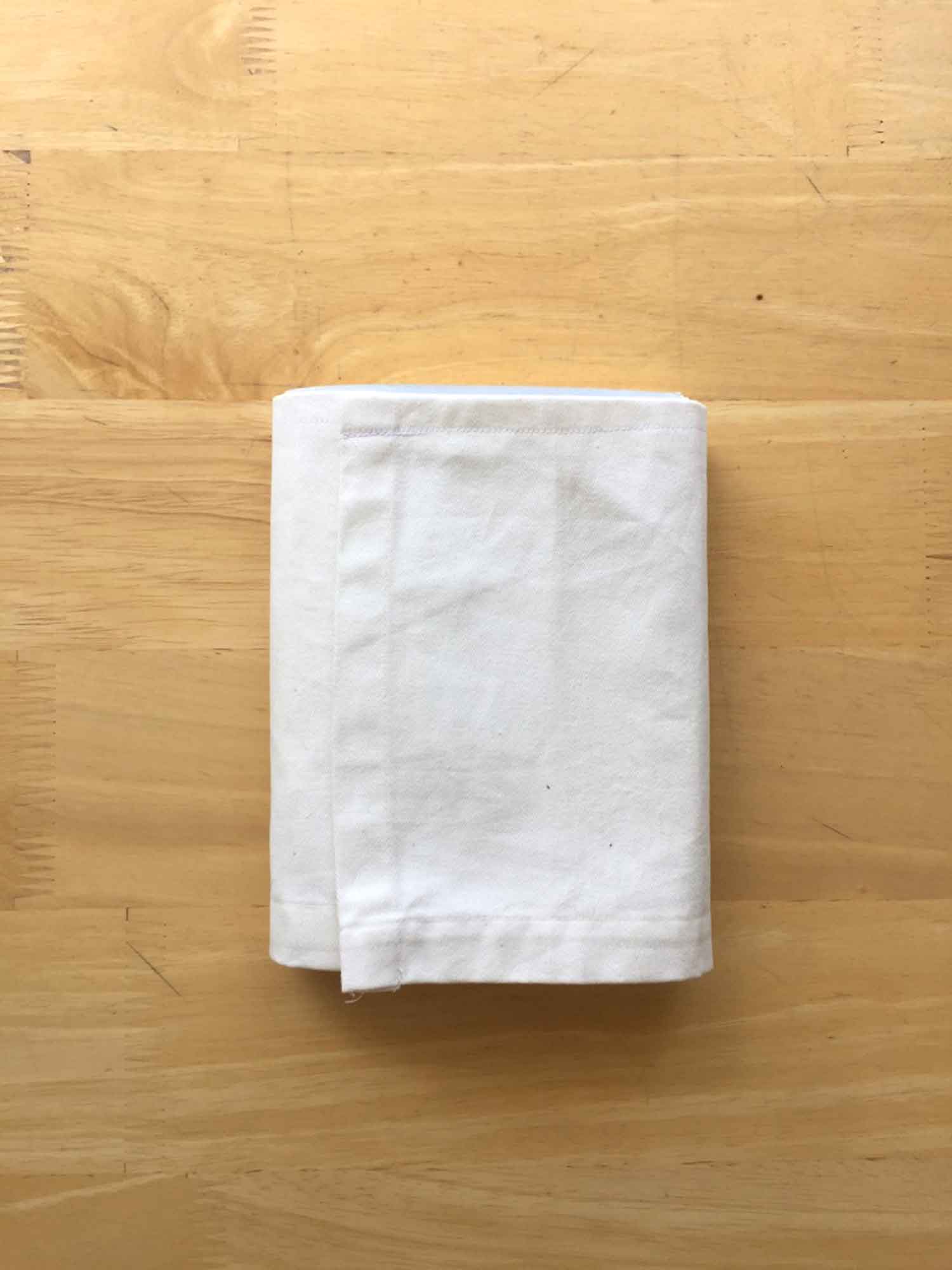
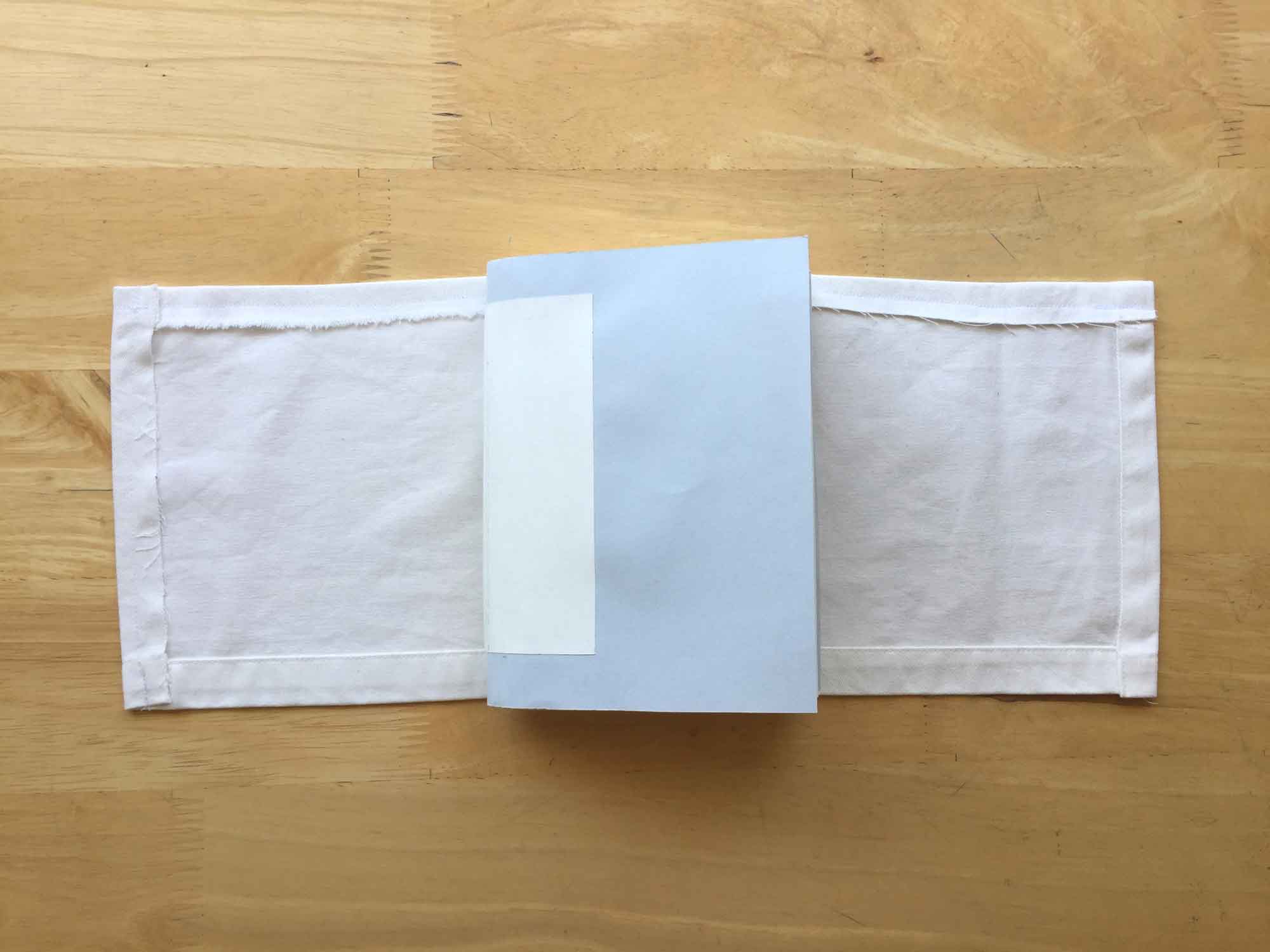
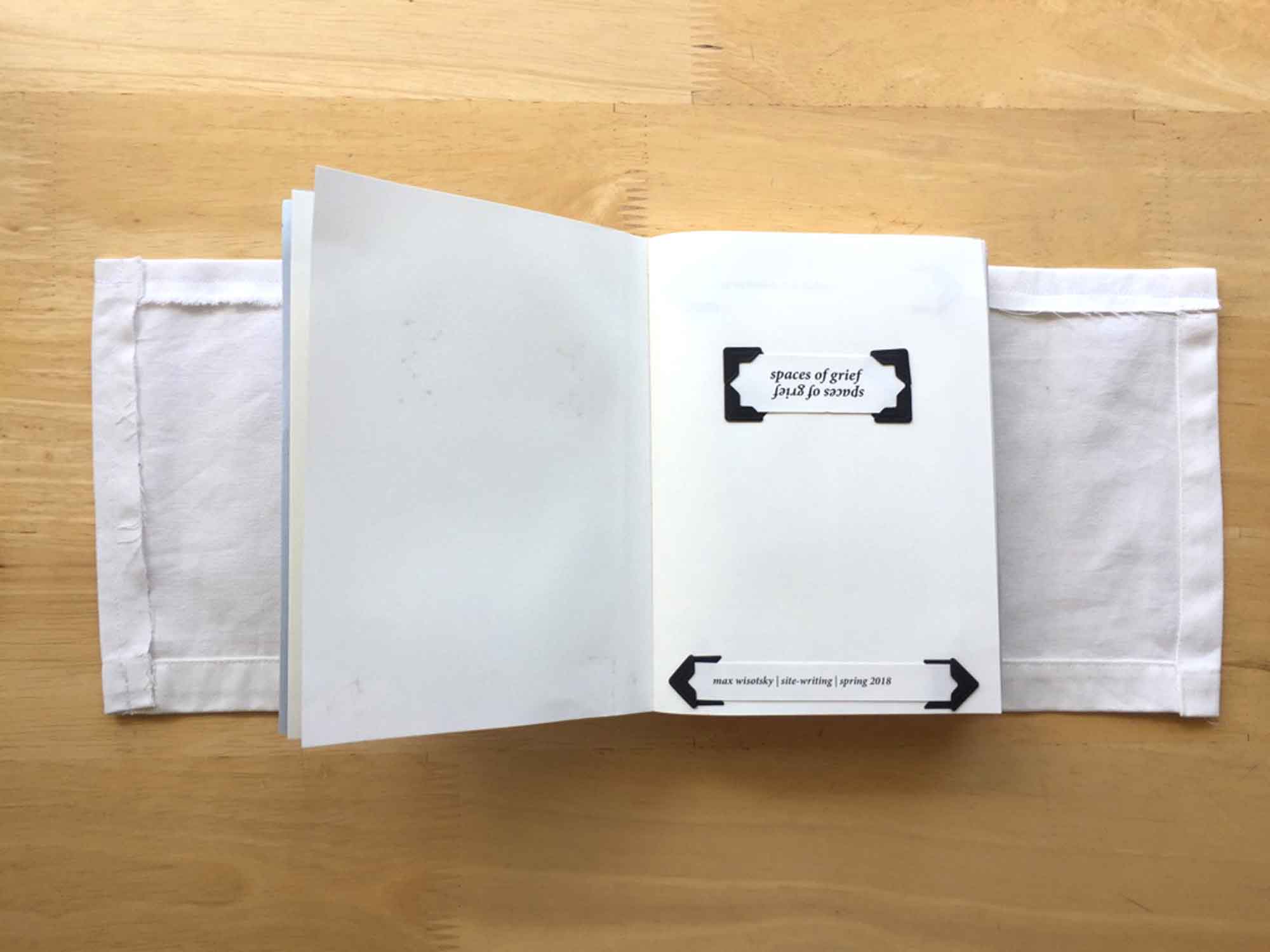
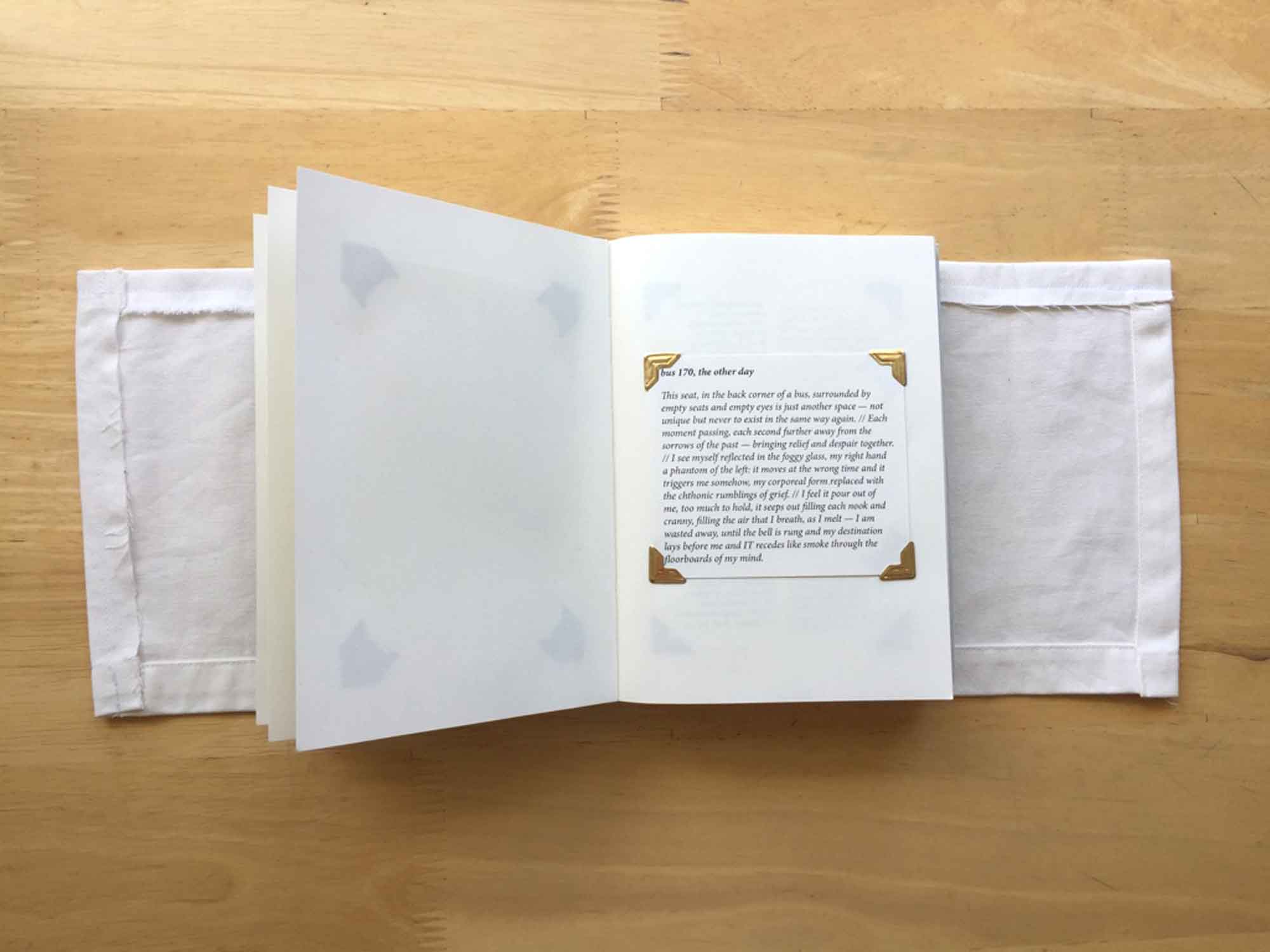
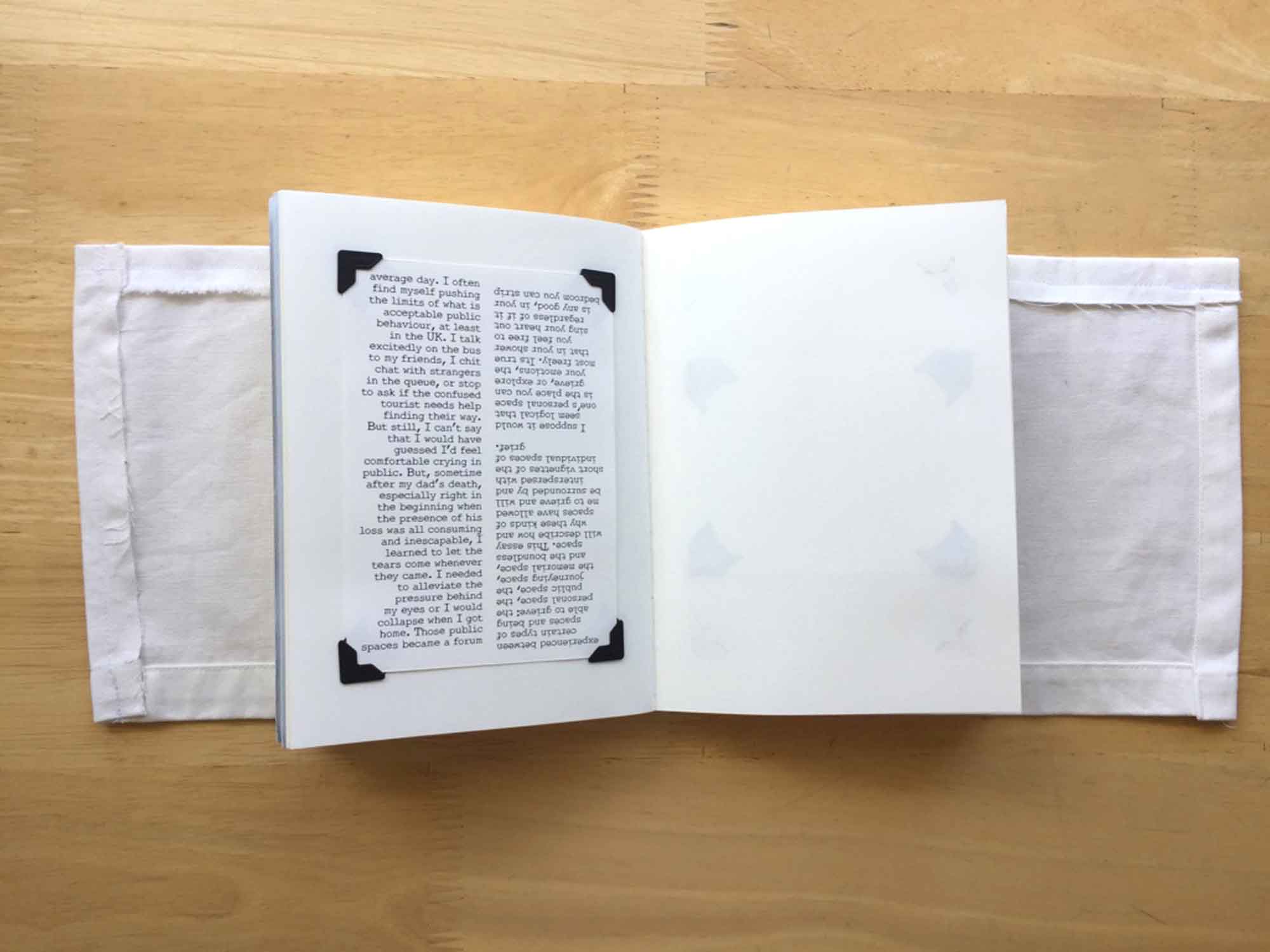
Journeying allows grief because the journey has to stop: and that means the grief can’t last forever. The minute the train starts to pull away from the station I feel brave enough to cry.
Spaces of Grief is an autobiographical exploration of how different kinds of space allow for grieving, exploring my personal experience in the aftermath of my father’s death, in 2016. In the process of my grieving I began to notice that certain kinds of spaces allowed me to grieve in different ways. Instead of trying to define my grief by typology of experience, I began to define it by a typology of site. One day it seemed so clear to me that it isn’t the anger, depression, acceptance, or sadness that was changing — but the spaces I was in. These different spaces allowed my grief to come forward in very different ways, alluding to the multifaceted experience of both emotions and space. This project aims to firstly define a typology of six different kinds of prototypical space (the personal space, the public space, the journeying space, the memorial space, and the boundless space) and to express the connection I have experienced between these types of spaces and the quality and character of the way I was able to grieve in them. The narrative of the book travels in two directions: the essay defining the typologies of spaces runs forwards and backwards through the book starting at either end, creating two identical columns of text that are upside-down versions of each other representing my way of ‘working backwards from today’ and ‘working forwards from the beginning’. Then, punctuating this essay are a series of vignettes —poetry and prose that document a time I grieved, the character of that grief, and where it took place. As you get closer towards the centre the moments of grief take over the essay ending in a series of blank pages in a greyish blue representing the way grief can overpower the rest of our lives.
Max Wisotsky is a Swedish-American architect, theorist and historian from Los Angeles; currently based in London. He holds a Bachelor of Architecture from California Polytechnic State University, San Luis Obispo (2015) and a Masters of Architectural History from the Bartlett School of Architecture (2018). This project was written as part of the Site Writing module while attending the Bartlett. His research centres around narrative and creative writing styles as a method of architectural history and theory production; architecture’s roles in the cultural, social, and environmental ecologies of our cities; and the conception of a Marxist ecological view as a critical method for architectural history. Max currently works at the Birmingham School of Architecture and Design teaching first-year architectural design.
For me, ‘site-writing’ becomes a tool and an avenue for counteracting the suppressive narratives of pure objectivity and academic writing. By combining the ‘critical spatial practice’ tenet of asking both the reader and the author to question their relationship (physically, ethically, emotionally, and politically) to the subject of the writing, and Donna Haraway’s ‘heteroglossia’, one that imagines ‘a feminist speaking in tongues to strike fear into the circuits of the supersavers of the new right’, we can write well researched, factual, and comprehensive studies, but still force the reader to place themselves into the work, to confront the topic from the perspective of self, regardless of its universality.
Max Porter, Grief is the Thing with Feathers, London, 2015.
David Abram, The Spell of the Sensuous: Perception and Language in a More-Than-Human World, New York, 1996.
Gaston Bachelard, The Poetics of Space, Paris, 1958.






































































